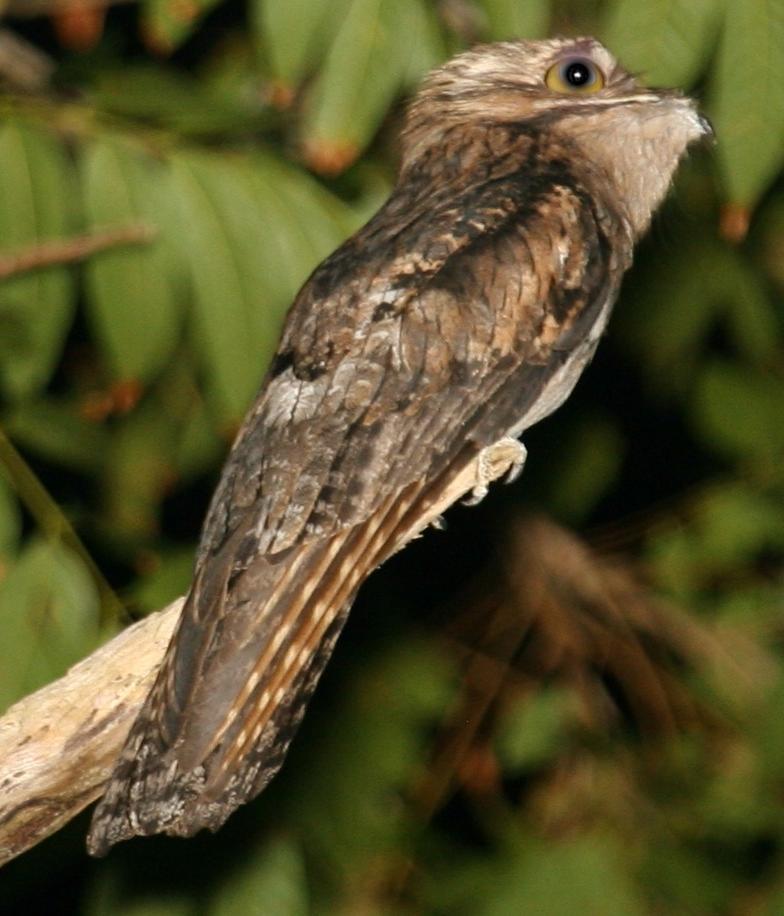The "Handbook of the Birds of the World" is a super-encylopedia
spanning 16 volumes, published by Lynx Edicions and BirdLife International. It
really does cover all living species of bird known to science. All 9,000 of
them! Well, almost all. A supplemental volume with about 60 entirely new
species will be published at some point next year.
This is the fifth volume of the HBW. It describes three very different orders: the Owls (Strigiformes), the Nightjars and allies (Caprimulgiformes) and the Swifts, Tree-Swifts and Hummingbirds (Apodiformes). I always find it fascinating that the screeching, fast and even somewhat bizarre swifts outside my window are actually related to hummingbirds! But the most absurd birds in this volume are surely the Caprimulgiformes. It includes the Potoos, which are perfect mimics of tree stumps - a large color photo shows this strange ability (try to spot the bird in it!). Further, there are the strictly nocturnal Oilbirds, which communicate in bat-like manner through eco-location. Apparently, scientists who visit the caves where the Oilbirds live have to wear protective masks - the damp caves are a haven for a fungus that causes the lung disease known as histoplasmosis.
The text in the HBW is rather heavy and takes some time to get used to. These books, after all, are primarily intended for ornithologists (with or without protective gear). However, the large amounts of illustrations and color photos might appeal to a more general audience. Unfortunately, these books are extremely expensive, no doubt precisely because of the color (and colorful) photos.
I tend to give these books five stars hands down, and so is the case with volume 5.

No comments:
Post a Comment